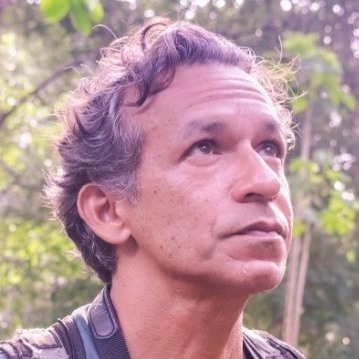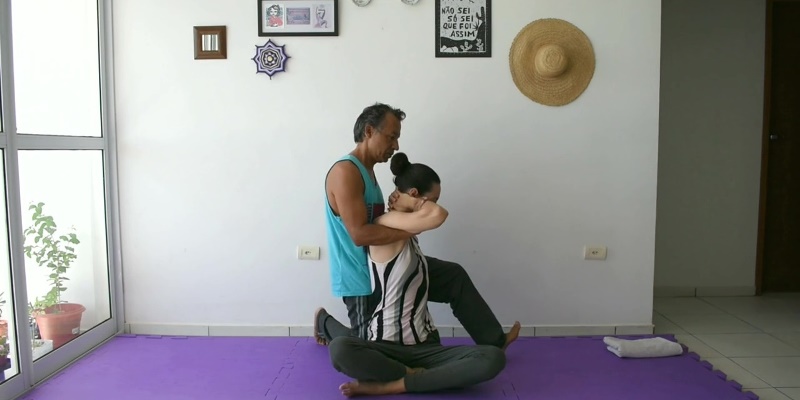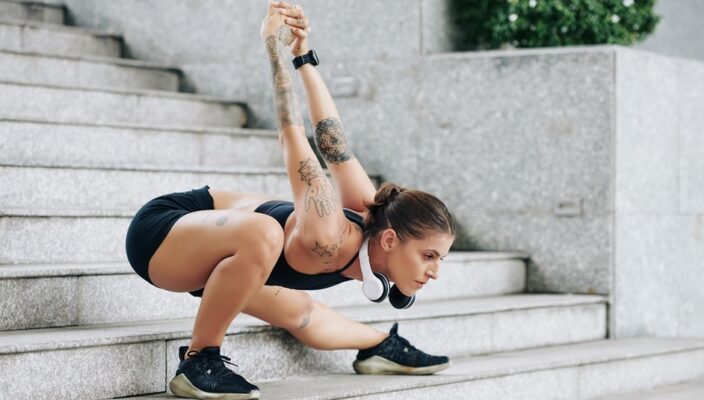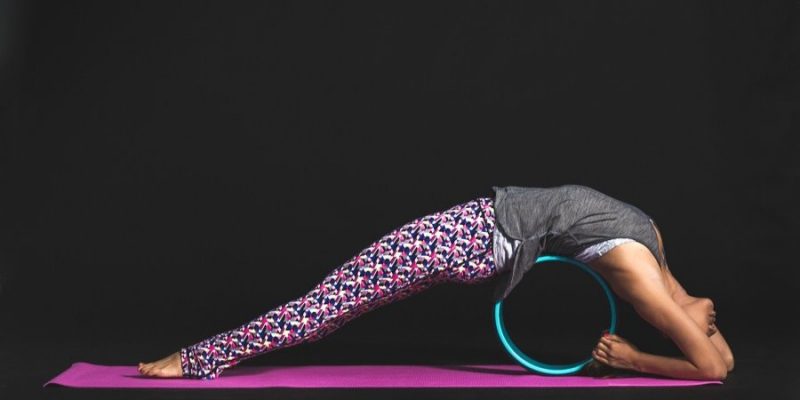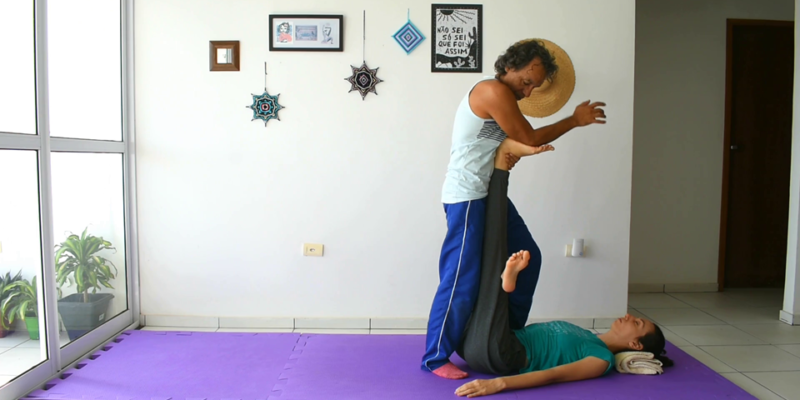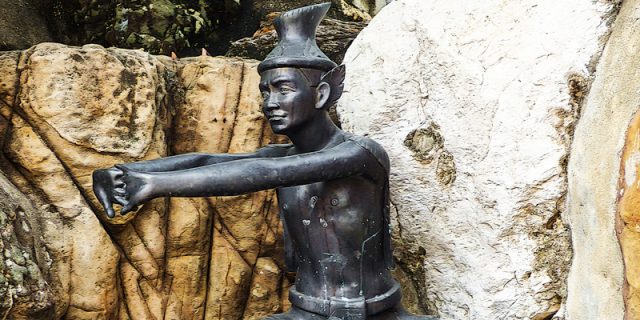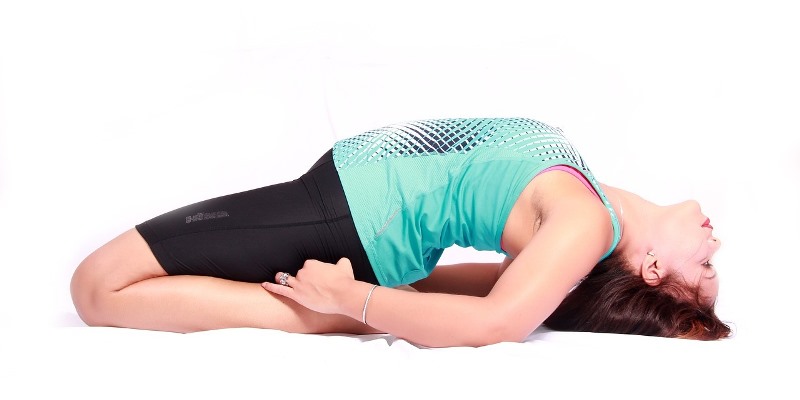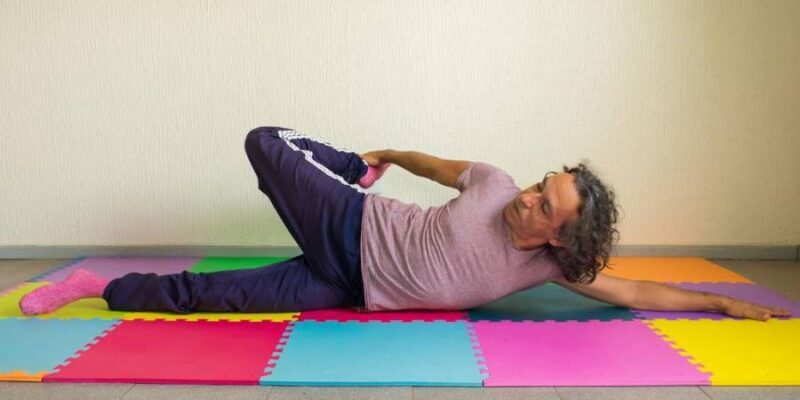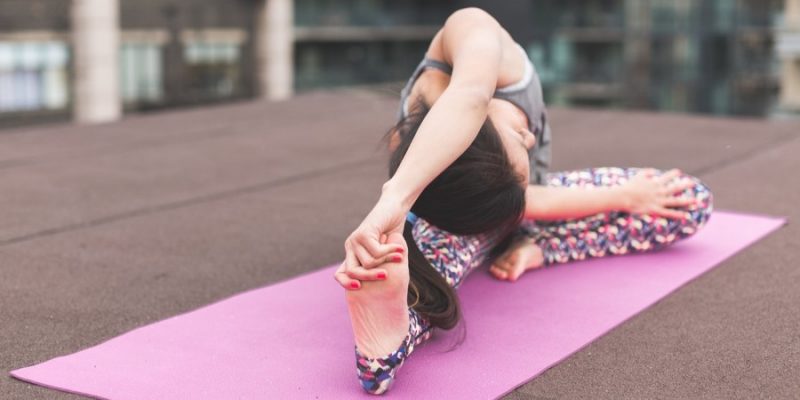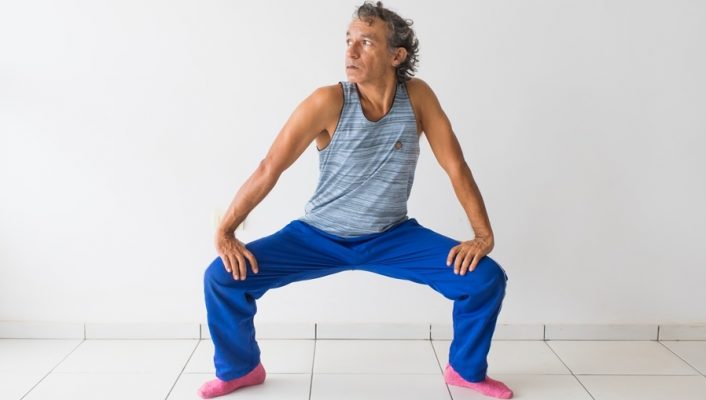
Stretching your body can be done immediately before and after physical exercise. We could say that stretching before exercise prepares the body for action and is part of a warming-up routine, while stretching after exercise relaxes the body being part of a cooling-down routine.

Stretching can also be done at any other moment you choose, for instance after you’ve been sitting for a while, or in the morning after getting up, or at any other moment you feel that your body is somewhat stiff and needs it.
Stretches loosen up shortened and tight muscles, tendons, vessels and nerves, open-up and mobilize joints, and with that stimulate and improve your body’s range-of-motion capabilities, and your immune and circulatory system.
Our circulatory system (also called cardiovascular system) is one of the most important components of our body, roughly consisting of lungs, blood, blood vessels, and the heart. Depending on the definition, the circulatory system also includes the lymphatic system, which circulates lymph and is connected to the bloodstream.
This interconnected circulatory network supplies the tissues in our bodies with oxygen, antibodies, and other vital nutrients and agents, transports hormones, and removes waste products (detoxification). In fact, without a proper functioning circulatory system we risk getting seriously ill, or at a minimum risk suffering from various health disorders, discomforts, or dis-eases.
Research done on stretching has shown that regular and structural stretching keeps muscles strong, long, lean, elastic and flexible, and this, apart from the benefits already mentioned above, achieves muscle tone, prevents muscle and joint injuries and joint pains, prevents squeezing of nerves and associated pains, and improves standing, moving, and postural balance.
Types of Stretches
Usually, stretches are classified into four distinct types: static, static PNF, dynamic, and dynamic ballistic stretches.
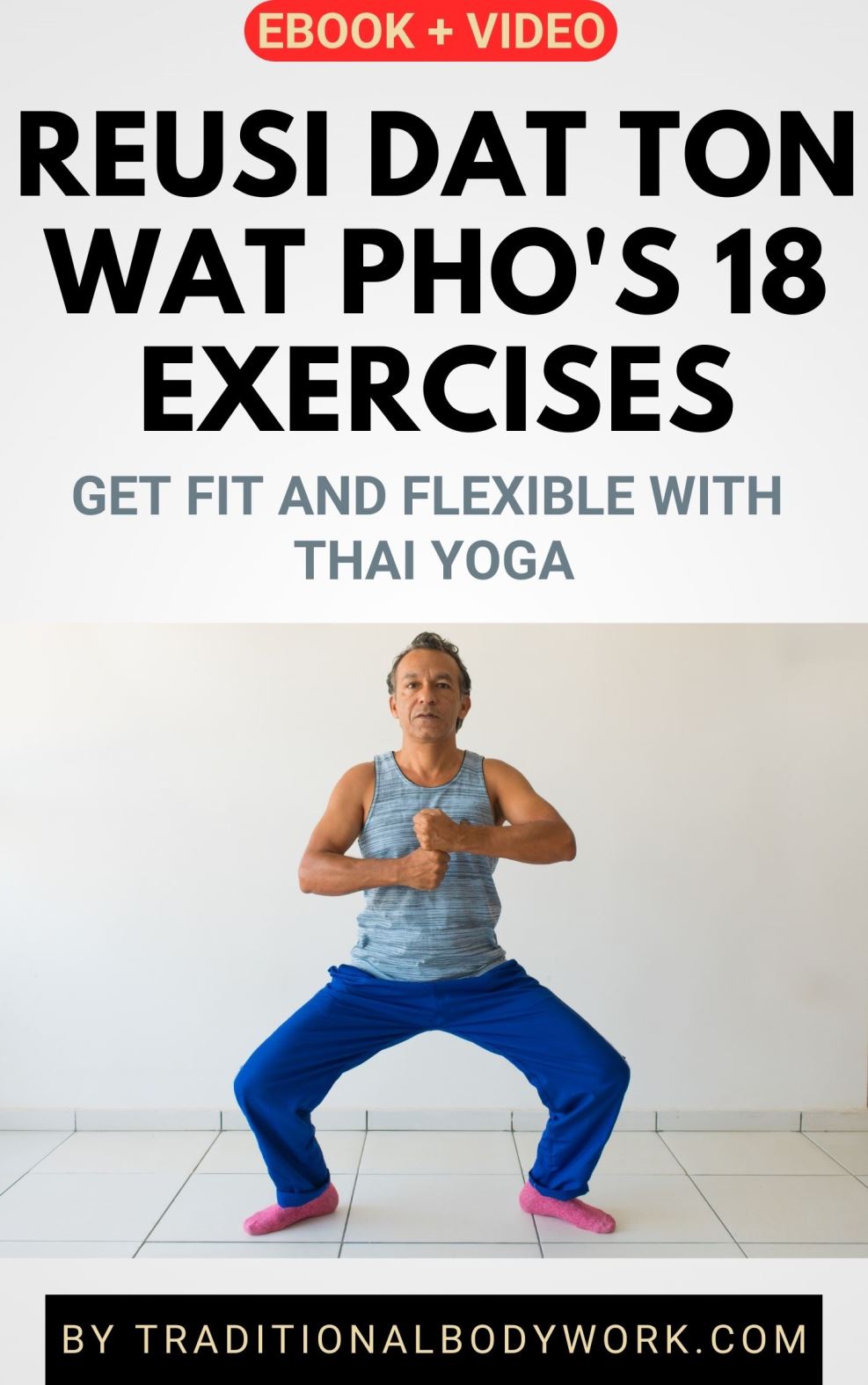
Static stretching, which is the type of stretching mostly used, slowly brings a joint and muscle group to its maximum range of motion and holds it there for a certain amount of time.
Static PNF stretching is a modern, more advanced form of static stretching. PNF is an abbreviation for Proprioceptive Neuromuscular Facilitation and this type of stretching uses static stretching and then applies active muscle contractions (done by the receiver) and external force (usually done by a therapist) to trick the muscle to go into a further stretch.
Dynamic stretching is a movement-based stretch with the goal of increasing blood flow throughout the body, while at the same time loosening up muscle cells and fibers. It’s often used as a synonym for a warming-up exercise.
Dynamic ballistic stretching is an active stretching technique that involves bouncing or swinging muscles and joints back and forth at a high speed in order to take a muscle beyond its normal range of motion.
A note to add here is that a stretch — and this is notably the case for static stretching — needs to be held a certain period of time to be effective. In general, it’s advised to hold stretches for at least thirty seconds up to a maximum of sixty seconds, but longer is possible.
It’s important to hold a stretch for a certain period of time to give the body the chance to relax into the position to avoid body-driven resistance by letting the brain realize that things are safe to go deeper or farther. It’s thought that the body is still in a “protective state” if a stretch is held less than about twenty seconds, making a stretch much less effective.
Mind also that forcing muscle fibers to go beyond their habitual range of motion too quickly or too far can cause damage and injuries. Hence, just move slowly into a stretch, and just go only a bit farther than the limit.

